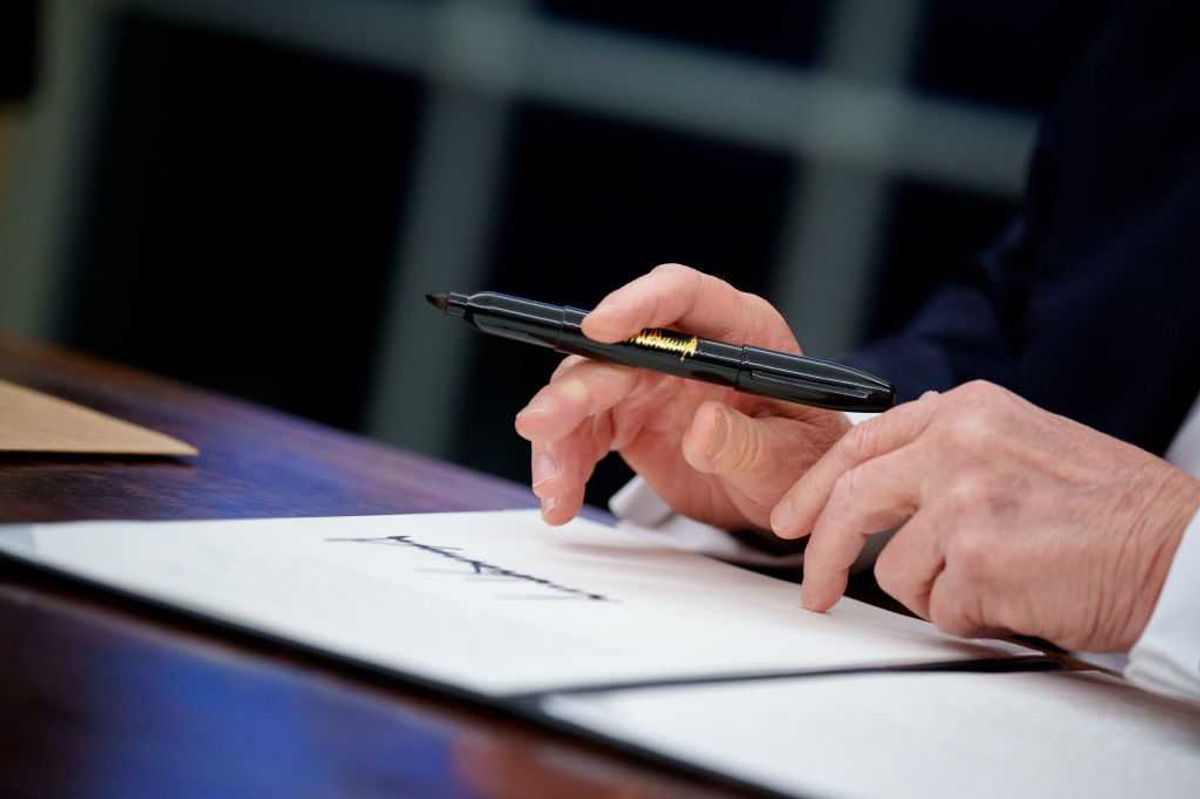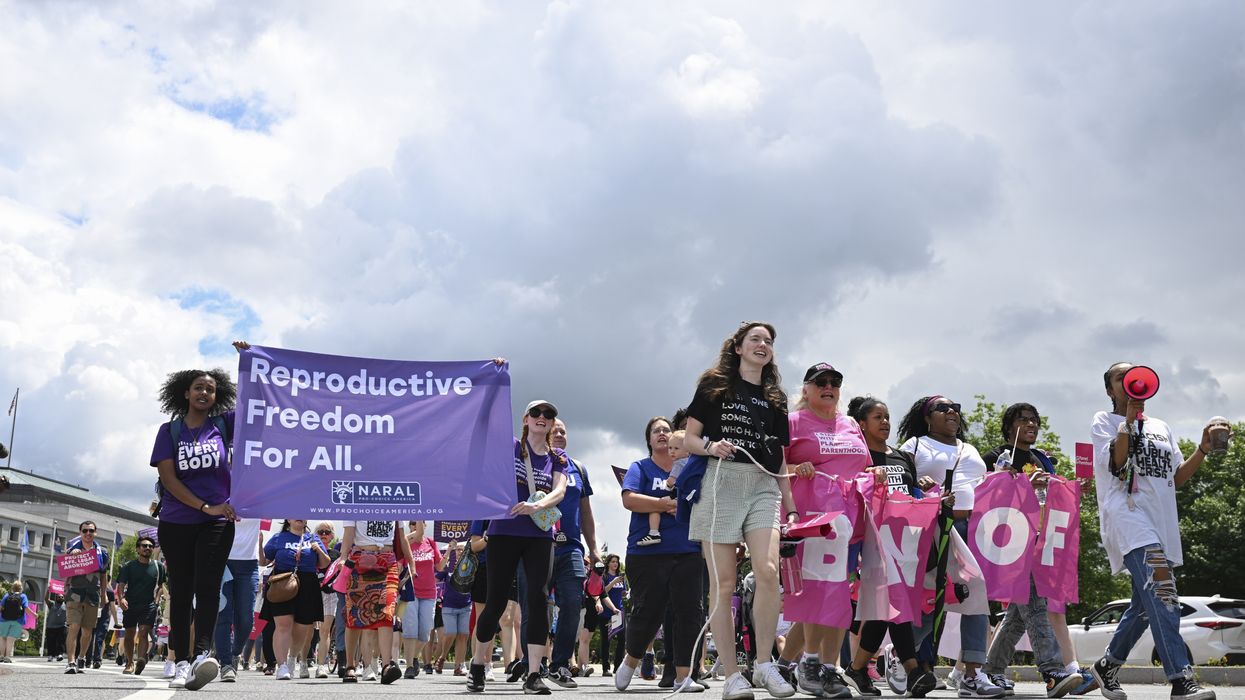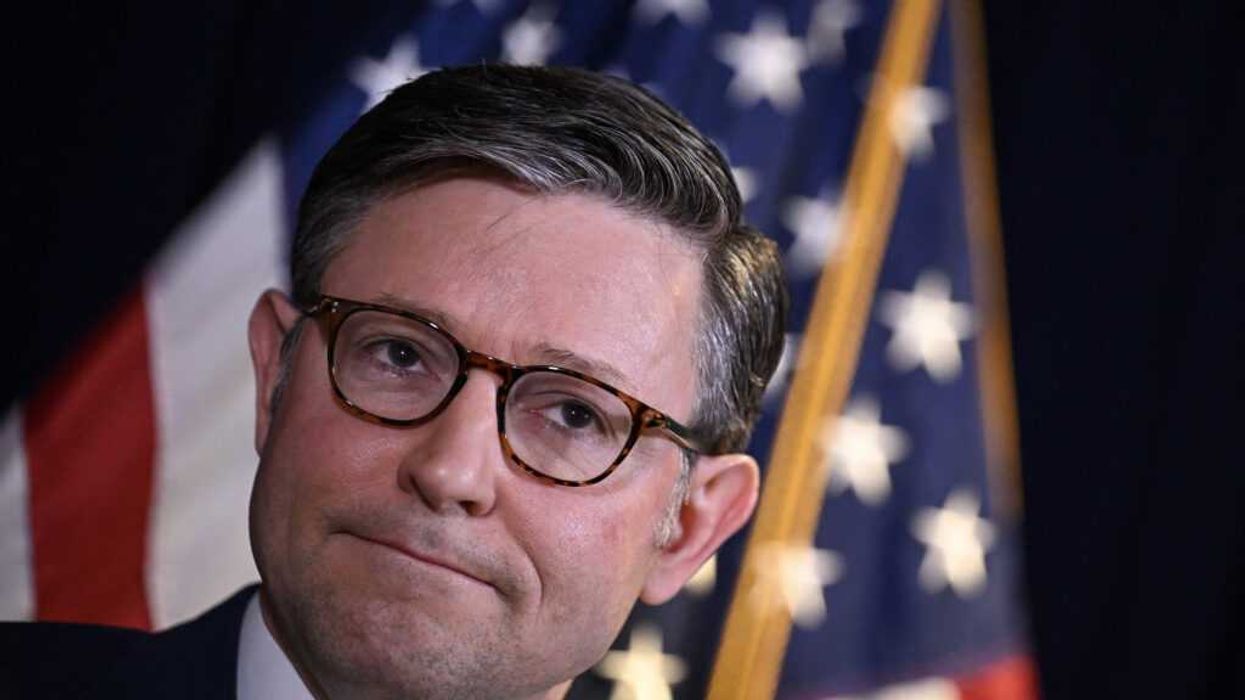Pearl is a clinical professor of plastic surgery at the Stanford University School of Medicine and is on the faculty of the Stanford Graduate School of Business. He is a former CEO of The Permanente Medical Group.
Modern medicine, for most of its history, has operated within a collegial environment — an industry of civility where physicians, pharmaceutical companies and hospitals stayed in their lanes and out of each other’s business.
Times have changed as health care has taken a 180-degree turn. This year will be characterized by cutthroat competition and intense disputes played out in public. And as the once harmonious world of health care braces for battle, three critical struggles take center stage. Each promises controversy and profound implications for the future of medicine.
The first battle involves abortion rights.
For nearly 50 years — from the landmark Roe v. Wade decision in 1973 to its overruling by the 2022 Dobbs case — abortion decisions were the province of women and their doctors. This dynamic has changed in nearly half the states.
This spring, the Supreme Court is set to hear another pivotal case. It concerns mifepristone, an important drug for medical abortions. The ruling, expected in June, will significantly impact women’s rights, as well as federal regulatory bodies like the Food and Drug Administration.
Traditionally, abortions were surgical procedures. Today, over half are medically induced, primarily using a two-drug combination that includes mifepristone. Since its approval in 2000, mifepristone has been prescribed to over 5 million women, and it boasts an excellent safety record.
But anti-abortion groups have proposed stringent legal restrictions: reducing the administration window from 10 to seven weeks post-conception, banning distribution of the drug by mail, and mandating three in-person doctor visits, a burdensome requirement for many.
While physicians would still be allowed to prescribe misoprostol (the second drug in the regimen), its effectiveness alone pales in comparison to the two-drug combo.
Should the Supreme Court overrule the FDA’s clinical expertise on these matters, abortion activists fear the floodgates will open, inviting new challenges against other established medications like birth control.
In response, several states have fortified abortion rights through ballot initiatives, a trend expected to gain momentum in the November elections. This legislative action underscores a significant public-opinion break from the Supreme Court’s stance. In fact, a survey published in Nature Human Behavior reveals that 60 percent of Americans support legal abortion.
Who will win this battle? That’s unclear. Traditionally, the court’s rulings have mirrored public opinion on key social issues, but the gap is large on abortion rights. This sets the stage for an even fiercer clash in years to come. A Supreme Court ruling that renders abortion unconstitutional would contradict the principles outlined in Dobbs and recent protections passed by the states. As a result, America’s divide on abortion rights is poised to deepen.
The second battle involves the use of generative AI in medicine.
A year after ChatGPT’s release, artificial intelligence is already reshaping entire industries. In health care, insurers are leveraging AI to speed up and intensify claim denials, prompting providers to counter with AI-assisted appeals.
Beyond corporate skirmishes, the most profound AI conflict involves the doctor-patient relationship. Physicians, already vexed by patients who self-diagnose with “Dr. Google,” find themselves unsure whether generative AI will be friend or foe.
Studies conclude that generative AI can already diagnose and recommend treatments with remarkable accuracy and empathy, surpassing human doctors in ever-more ways. And unlike traditional search engines, generative AI doesn’t just spit out unfiltered, generic information. It provides nuanced and personalized insights based on terabytes of up-to-date medical research and the patient’s own health data.
Who will win this battle? Whoever embraces these tools faster and more intelligently. While doctors are already taking advantage of AI’s administrative benefits (billing, notetaking and data entry), they’re apprehensive that ChatGPT will lead to errors if used for patient care. But five years from now, with ChatGPT predicted to be 30 times more powerful, generative AI systems will become safer, more reliable and integral to medical care. Advanced tools, interfacing with wearables and electronic health records, will aid with disease management, diagnosis and chronic-condition monitoring, enhancing clinical outcomes, and overall health.
The final battle features a tug-of-war over health care pricing.
From routine doctor visits to complex hospital stays and drug prescriptions, every aspect of U.S. health care is getting more expensive. That’s not news to most Americans, half of whom say it is very or somewhat difficult to afford health care costs.
Throughout U.S. health care, financial pressures are increasing. Hospitals are consolidating. Nurses are striking. And thousands of physicians have sold their medical practices to private equity firms.
This trend will continue in 2024 and likely drive up prices, as much as 30 percent higher for many specialties.
Drug spending, meanwhile, will soar in 2024 as weight-loss drugs (costing roughly $12,000 a year) become increasingly available. A groundbreaking sickle cell disease treatment is projected to cost nearly $3 million upon release. This year, Big Pharma will bolster its efforts to delay or overturn legislation that would allow the centers for Medicare & Medicaid Services to negotiate prices for 10 of the most expensive outpatient drugs starting in 2026.
Who will win the pricing battle? That’s up to voters. With national health care spending expected to rise from $4 trillion now to $7 trillion by 2031, the upcoming election will be pivotal in steering the financial strategy. A Republican surge could mean tighter controls on Medicare and Medicaid and relaxed insurance regulations, whereas a Democratic sweep could lead to increased taxes, especially on the wealthy. A divided government, however, would stall significant reforms, exacerbating the crisis of unaffordability.
So, is peace possible? Amid the strife, hope glimmers: The rise of ChatGPT and other generative AI technologies holds promise for empowering patients and improving clinical outcomes. The debate over abortion rights, while deeply polarizing, might eventually find resolution in a legislative middle ground that echoes Roe’s protections with some restrictions on how late in pregnancy procedures can be performed.
Unfortunately, some problems need to get worse before they can get better. I predict the affordability of health care will be one of them. My New Year’s request is to not shoot the messenger.



















